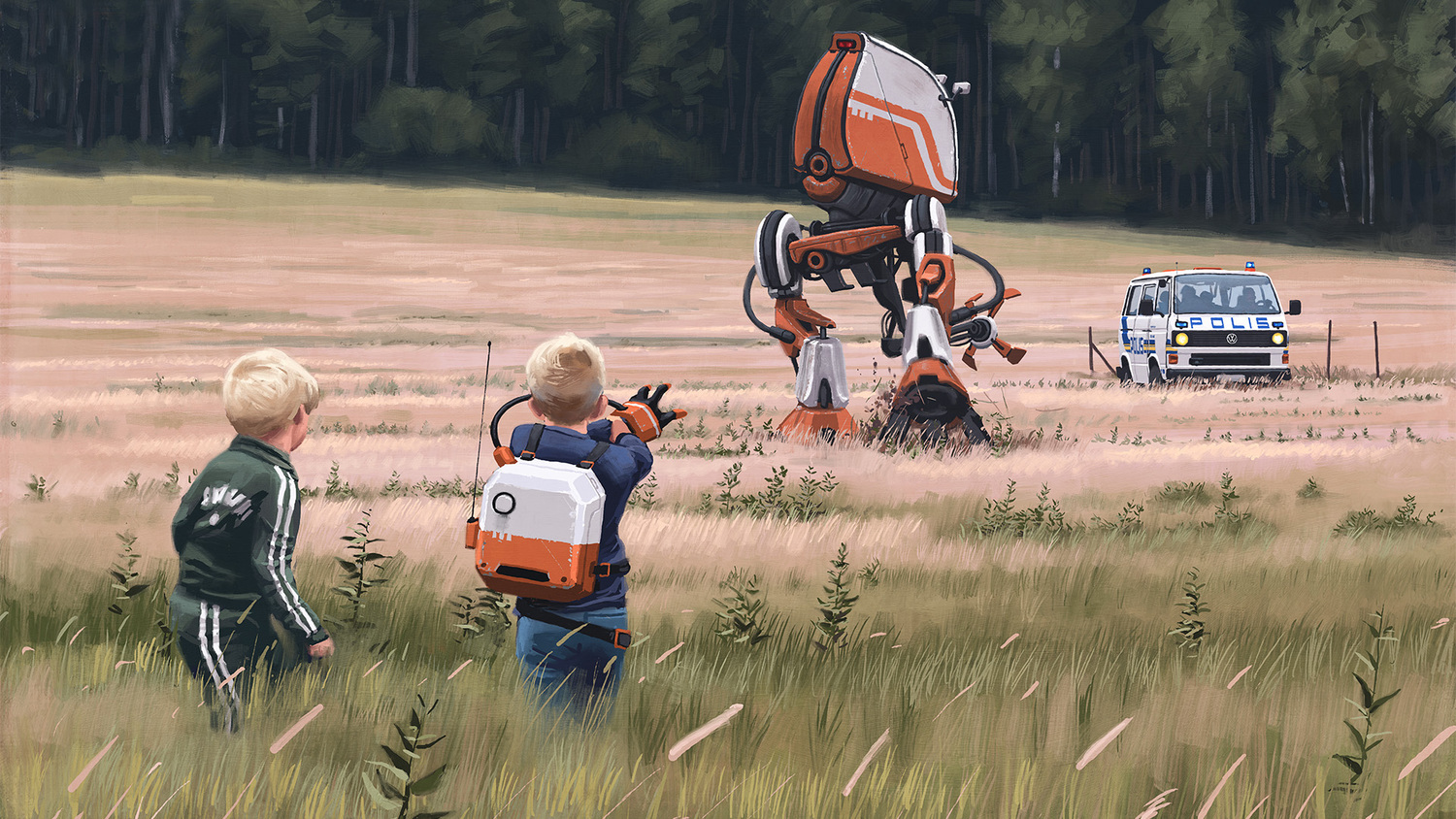God is Green / The best science fiction books by Pnat
Let’s bust a few myths: science fiction isn’t a genre exclusively for nerds or science buffs. Many books that fall into the science fiction category are works that have true literary value. Science fiction is an infinite source of ideas. The genre often depicts possible visions of the future and visionary perspectives with original and unexpected interpretations of reality that stimulate our imagination. Imagination is a precious resource and is an essential tool to understand and come to terms with the complexities of the world we inhabit.
To keep your imagination in shape, these five book suggestions from Pnat offer something to delight every reader’s literary palate.

Credit: studiomobile
"The Death of Grass"
by John Christopher
1956
Humanity is threatened by the spread of a deadly virus which wipes out herbaceous plants (including corn, barley, wheat and rice). The collapse of our food system provokes a desperate war to hoard resources, while social order, unable to adapt to the apocalyptic challenge, falls into sheer chaos. A read that is eerily and sensationally fit for our times. It depicts how all we take for granted can collapse before an invisible enemy.


Credit: Simon Stålenhag
"Fahrenheit 451"
by Ray Bradbury
1953
A classic. In a futuristic society in which to own books is a crime, a designated body of firefighters has the job of burning all remaining books as well as the homes of dissidents. Troubled by a specific event, one fireman begins to question his role, doubting the society in which he lives, and seeking the content of the books.


Credit: Simon Stålenhag
"Slaughterhouse-Five"
by Kurt Vonnegut
1969
The Dresden bombing at the end of World War II, as seen through the eyes of a young American, who is no hero but has a gift: A knowledge of time and the ability to travel between the past and the future. A cult-classic which is at once a autobiographic as witness and fantasy novel, Slaughterhouse-Five offers a lucid account of the war and avoids any sort of idealization.


Credit: Jason Park
The Foundation Series
by Isaac Asimov
1951-1992
The Foundation, is a community of scientists who predict future historical phases after the collapse of the galactic Empire. It elaborates a strategy for fighting future crises, prevent the disintegration of society and the advent of barbarism. A space? epic with a rich plot, set over vast timespans, its protagonists are large social groups who have colonised the universe. The series is scientifically savvy, knowledgeable and gripping.


Credit: Chris Moore
Area X: The Southern Reach Trilogy
Annihilation, Authority, Acceptance
by Jeff VanderMeer
2014
In an undefined Area X inexplicable phenomena occur which defy the laws of physics and biology and are incomprehensible to human reason. The exploratory missions of a government agency try to shed light on these events. A brilliant trilogy which denounces the shortcomings of our anthropocentric view and voices the need to mend and heal the human-nature dichotomy.

Pnat
PNAT is an academic spin-off from the University of Florence which combines sustainable design with the latest experimental research into plant life.
PNAT is a think-tank that was co-founded by the biologists Stefano Mancuso (Director LINV – International Laboratory of Plant Neurobiology), Elisa Azzarello, Camilla Pandolfi and Elisa Masi, and the designers Antonio Girardi and Cristiana Favretto.
Under the guidance of plant neurobiologist Stefano Mancuso, PNAT installed the first prototype of the Fabbrica dell’Aria (Air Factory) in B9, a device that purifies the air inside buildings by using plants’ natural ability to absorb and break down atmospheric pollutants.
fabbrica dell'aria (air factory
